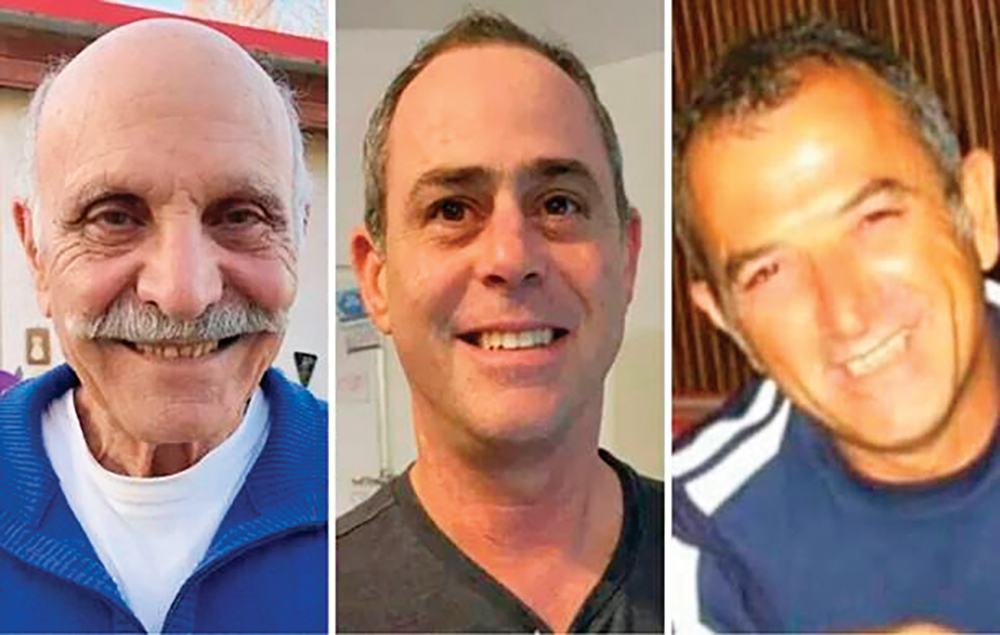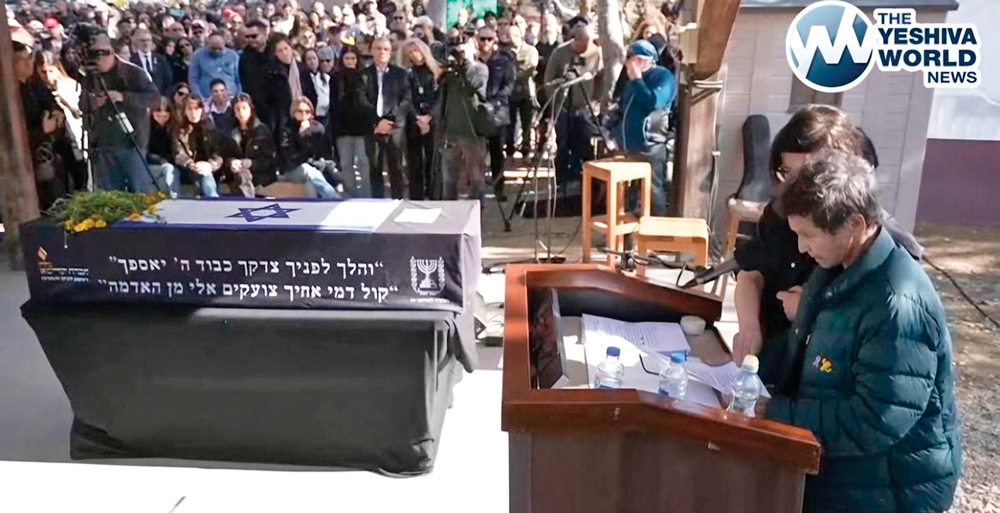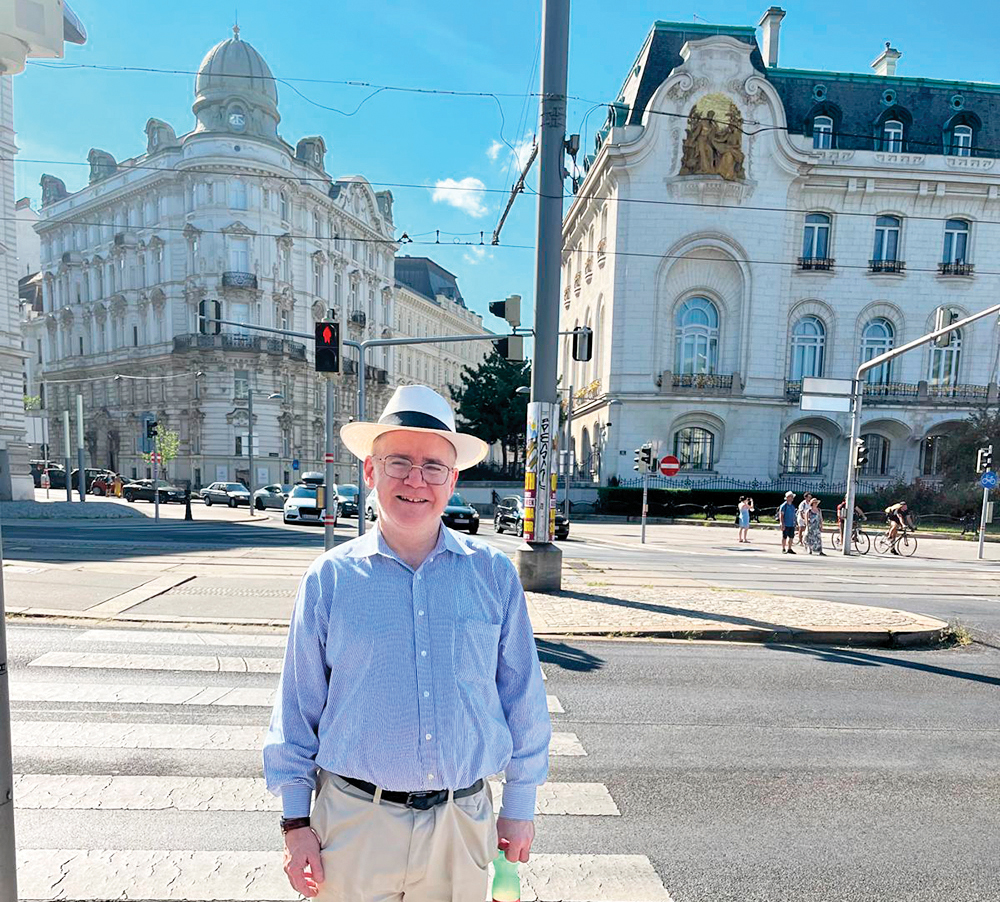מַה־טֹּ֥בוּ אֹהָלֶ֖יךָ יַעֲקֹ֑ב מִשְׁכְּנֹתֶ֖יךָ יִשְׂרָאֵֽל׃ (במדבר כ:ה)
“How good are your tents, Yaakov, your dwelling places, Yisroel,” (Bamidbar 24:5).
Zera Shimshon asks two questions: Firstly, what does the opening word “mah” in the phrase, “mah tovu ohalecha Yaakov” come to teach us? It would have been sufficient if the Torah would have written “tovu ohalecha Yaakov—your tents are good, Yaakov.
Secondly, why is the name “Yaakov” used in the beginning of the pasuk and not Yisroel, like at the end of the pasuk?
Concerning the mitzvah of mezuzah, the Rambam writes, “A person must show great care in (the observance of the mitzvah of) mezuzah, because it is an obligation which is constantly incumbent upon everyone. (Through its observance,) whenever a person enters or leaves (the house), he will encounter the unity of the name of Hakadosh Baruch Hu, and remember his love for Him, he will awake from his sleep and his obsession with the vanities of time, and recognize that there is nothing which lasts for eternity except the knowledge of the Creator of the world. This will motivate him to regain full awareness and follow the paths of the upright.”
“Whoever wears tefillin on his head and arm, wears tzitzis on his garment and has a mezuzah on his entrance, can be assured that he will not sin, because he has many who will remind him. These are the malachim—who will prevent him from sinning—as it is written in Tehillim (34:8): ‘The angel of Hashem camps around those who fear Him and protects them.’”
In other words, the Rambam understood that the idea behind the mitzvah of mezuzah is to remember Hashem.
Zera Shimshon explains that the mekubalim understood the role of the mezuzah differently than the Rambam; it is to protect against death and various calamities. This idea is hinted at in the phrase, “al mezuzos beisecha” found in the first paragraph of Kriyas Shema. The Torah omits the second occurrence of the letter “vav” (mem zayin vav zayin tav) in the word “mezuzos.” By rearranging the letters, the word “zaz mavess—death move!” is derived, denoting that the mezuzah pushes away death.
Moreover, the mekubalim explain the significance behind the mezuzah’s spelling in the second paragraph of Kriyas Shema, that two instances of the letter “vav” (mem, zayin, vav, zayin, vav, tav) are included, which gives an understanding of the mechanics of how the mezuzah protects from death and calamities. The opening letter “mem” and the final letter “tav,” which spells “meis—death,” are separated by the sequence, “vav, zayin, vav, zayin,” which is the gematria of 26—representing Hashem’s name. This shows that it is Hashem’s name that acts as a divider—creating a separation between the domain of death, rendering it null and void.
Zera Shimshon brings a proof to this from the Zohar Hakodesh (Parshas Bo 33a) that explains hanging a mezuzah on a door post, is like putting Hashem’s name on the doorpost and it is Hashem’s name on the doorpost that protects the house.
The Shulchan Aruch passkens that a mezuzah is not obligatory for a beis knesses. This ruling aligns beautifully with the above explanation Since a shul is primarily utilized for spiritual pursuits, it represents a realm of life rather than death. Consequently, there exists no necessity for a mezuzah within its premises. Thus, the being exempt from putting on a mezuzah in such a setting is very understandable.
Zera Shimshon answers the initial two questions he posed earlier, in light of this halacha. In contrast to Rashi’s interpretation, Chazal teach us that “ohalecha Yaakov” refers to batei knesses and batei midrashim. Thus, the Torah begins the pasuk with the word “mah” because the gematria of “mah” is 45, while the gematria of “tovu” is 23. Together, these values sum up to 68, which corresponds to the gematria of “chaim,” meaning life. Hence, “mah tovu” signifies “live”—your shuls, “ohalecha Yaakov,” are brimming with vitality, thereby exempting them from a mezuzah.
Zera Shimshon further expounds on the usage of the name “Yaakov,” instead of Yisroel in this phrase. In Michah (7:20), it is written, “Give truth—emes, to Yaakov.” The word “emes” comprises an “aleph” and the letters “mem” and “tav” which spells “meis.” The long slanted line which goes from the top left until the bottom right of the aleph—resembling a “vav”—carries a numerical value of six, along with two small vertical lines (known as “yuddim”) placed on the top right and bottom left of the letter—collectively amounting to a numerical value of 20 (10 plus 10). The letter “alef” thus possesses a gematria of 26, coinciding with the numerical value of Hashem’s name.
Similar to our prior observation that Hashem’s name serves as a protective shield against death and calamities, the word “emes” represents how Hashem (the letter “aleph”) repels “meis” (death). This power was bestowed upon Yaakov, “titein emes l’Yaakov … ” Hence, to emphasize this aspect, batei knesses and batei midrashim, where life thrives abundantly, are referred to as “Yaakov,” rather than Yisroel. This choice of name signifies that Yaakov was granted the attribute of “emes”—symbolizing the ability to ward off death and, therefore, exempting batei knesses and batei midrashim for a mezuzah.
In summary, Zera Shimshon asked what is the significance of the word “mah” in the phrase “Mah tovu ohalecha Yaakov,” and why the name “Yaakov” is employed, rather than Yisroel. He gives an explanation based on the mekubalim’s comprehension of the mitzvah of mezuzah, that it serves to safeguard against death and calamities. Consequently, the Torah includes the word “mah” with a gematria value of 45, combined with “tovu” whose gematria value is 23, totaling 68. This gematria corresponds to the gematria of “chaim—life” and provides a rationale for the exemption of a mezuzah in batei knesses. Since the underlying purpose of the mezuzah is to protect against death and a beis knesses is life.
The usage of the name “Yaakov”—instead of Yisroel—in this phrase stems from the same reasoning. Yaakov—distinct from Yisroel—was endowed with the trait of “truth—emes,” and the word “emes” alludes to Hashem’s dominion over death.
HaRav Shimshon Nachmani—author of Zera Shimshon lived in Italy—about 300 years ago, in the time of the Or HaChaim HaKodesh. The Chida writes that he was a great mekubal and wrote many sefarim—including sefarim about “practical Kabbalah”—and asked that all of his sefarim be buried after he passes away, except for Zera Shimshon and Niflaos Shimshon on Avos. HaRav Shimshon Nachmani had one child who died in his lifetime (hence the name “Zera Shimshon”) and in the preface, he promises for people who learn his sefarim after he dies, “ … And your eyes will see children and grandchildren like the offshoots of an olive tree around your tables, wise and understanding with houses filled with all manner of good things … and wealth and honor … ”












